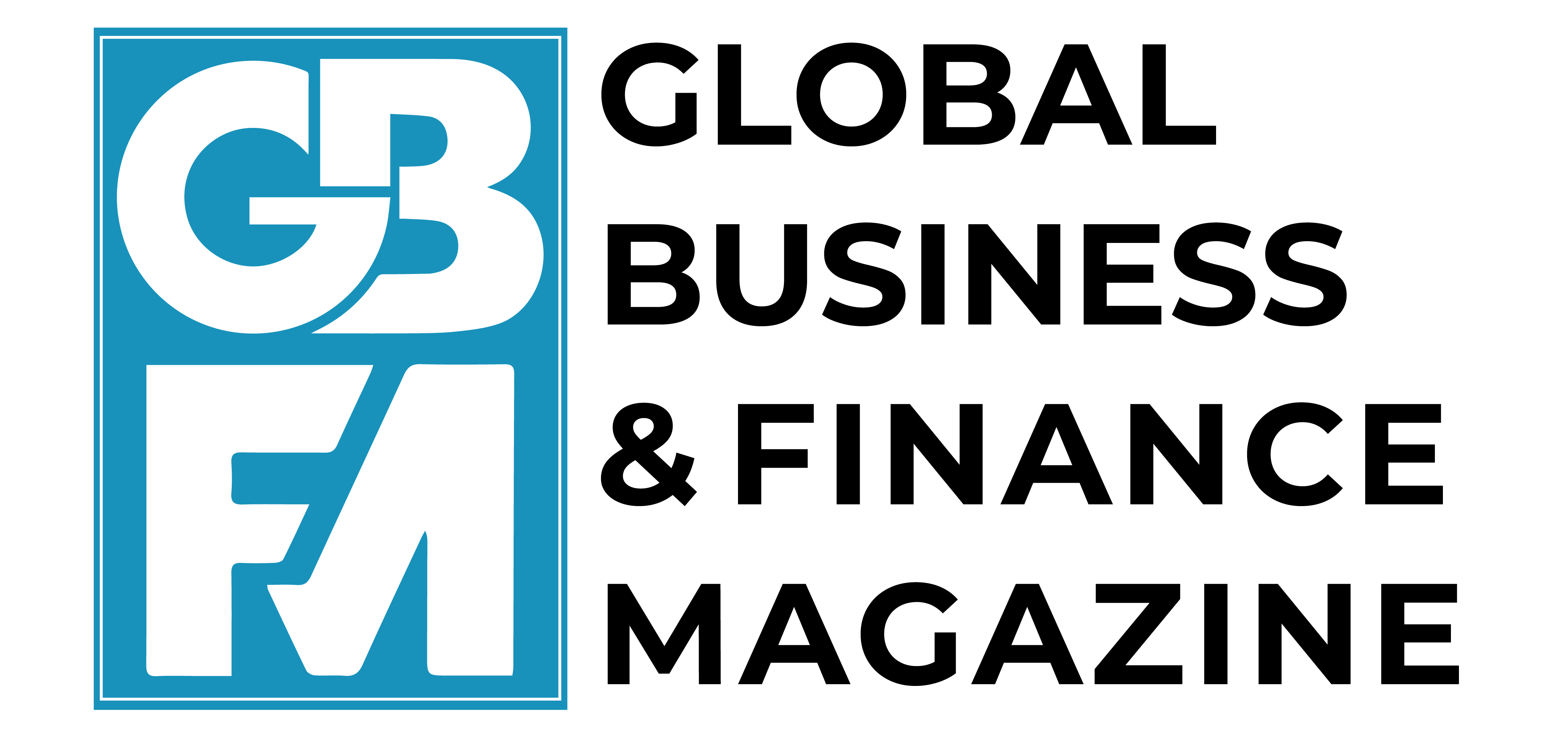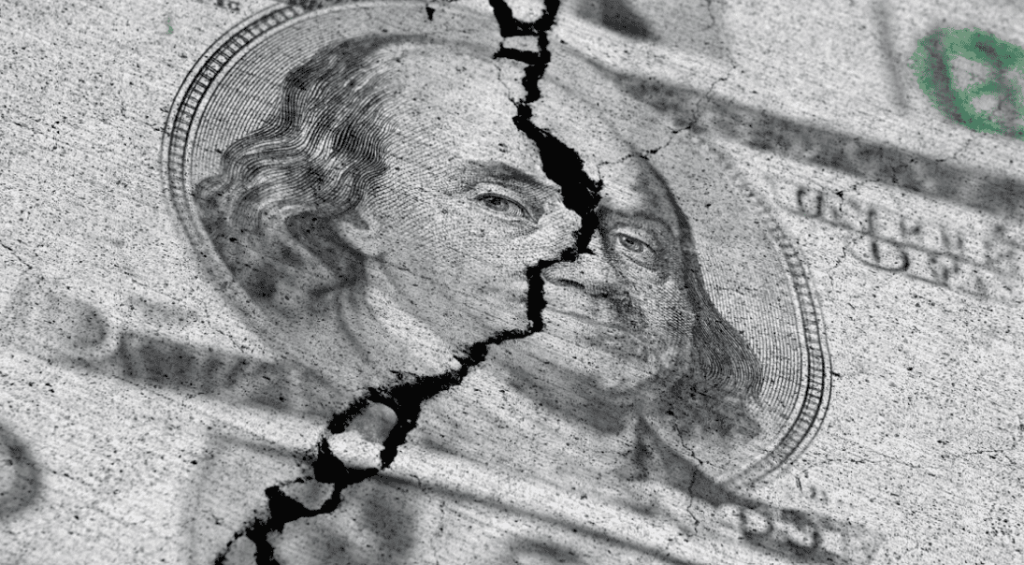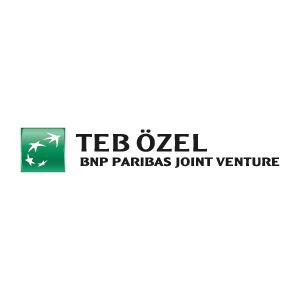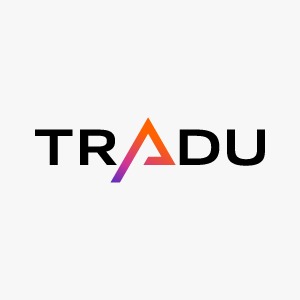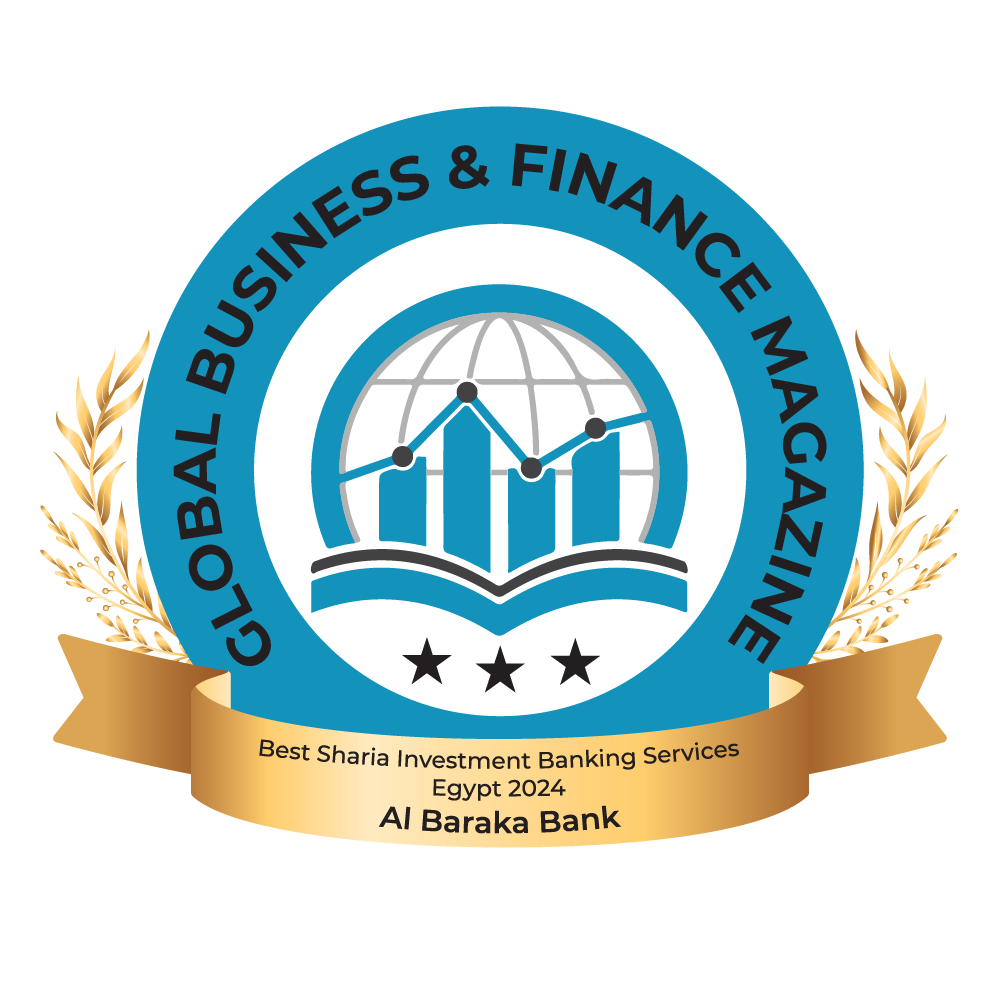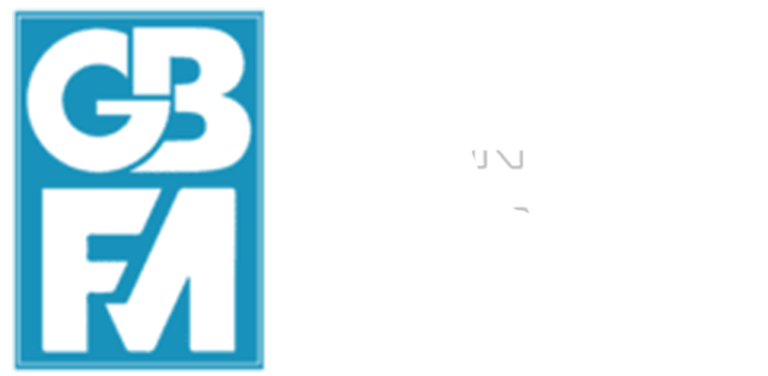Recent evolutions in US attitudes and policies have raised questions about the future of the dollar’s role in the global economy. This column explores a hypothetical scenario in which the world is deprived of the dollar as its global safe asset. In such a world, interest rates would be higher and more volatile. Liquidity would be scarcer. Because there is no credible alternative to the dollar as a global store of value, the world would likely transition to a different order, with more capital controls and international money defined through its role in payments. With the digitalisation of money, international monetary relations may increasingly be shaped by technological networks and political alliances.
For seven decades, the world economy has been organised around the US dollar. It serves as the dominant invoicing, lending, and vehicle currency. More critically, the US provides the world with its unique global safe asset. Treasury securities (and assimilated assets) are universally accessible, highly liquid, and perceived as virtually risk-free. US capital markets provide the only place where foreign central banks and global investors can safely park their money in (almost) unlimited volumes with (almost) unconditional access. Short-term US Treasuries function similarly to money: they are tradable without loss, thus providing their holders with liquidity in periods of financial stress and uncertainty. Such widespread accessibility and liquidity confer on them the characteristics of a global public good.
From this role, the US derives significant ‘privileges’ – economic, financial, and geopolitical. Structural demand for US assets helps finance both the fiscal and current account deficits. The US dominates global financial conditions. It exerts significant influence on payment systems and the cross-border allocation of capital. Access to the dollar is a condition for full participation in the global economy. Over the last ten years, sanctions have increasingly turned this advantage into a weapon of geopolitical influence.
Taken together, this privilege for the US and the corresponding benefits for the rest of the world amount to a form of global social contract. It may be viewed as asymmetric or unfair. Yet, for all its problems, it has underpinned globalisation in its current form. It has survived the Global Financial Crisis, and the emergence of the euro and the renminbi as potential competitors.
Recent evolutions in US attitudes and policies have raised questions about the future. At this stage, it is most likely that the dollar’s dominance will persist. There is no credible alternative as a global store of value; no other country or region meets the twin requirements of having a fully open capital account together with a deep and liquid public debt market. Network externalities and shifting costs will contribute to keeping the dollar at the centre of the global financial system. Current doubts may be dispelled by a reversion to more traditional attitudes from the US authorities. Nevertheless, it is worth exploring a hypothetical scenario where the world would be deprived of its central global safe asset.
Foundations of safe assets
A safe asset provides unique benefits to its holder. Unlike other financial instruments, its nominal value is stable in most states of the world. It serves as a reliable store of value. It does not depreciate – and may even appreciate – in periods of stress. It behaves as a “good friend” (Brunnermeier et al. 2022), offering protection, hedging value, and insurance against idiosyncratic or aggregate risk
Safe assets are information insensitive. This is an anomaly in the universe of finance. Most financial assets naturally react to news. Making them safe requires deliberate financial engineering or institutional construction. Safe assets are “made, not just born” (Mc Cauley 2019). They are supported by public institutions or policies. For instance, deposit insurance transforms inherently risky claims on banks into safe money. On a different scope, the US government gives an implicit (but sometimes reaffirmed) guarantee to the bonds issued by Freddy Mac and Fanny Mae, the ‘agencies’ that support the US mortgage market.
Generally, safe assets are in the form of debt (Holmstrom 2015). Debt is legally built to be information insensitive. For public debt, the strength of the fiscal position and the government’s commitment to honouring its liabilities play a key role. Unlike public debt, private debts are not protected by the sovereign power to tax. They have an intrinsic fragility stemming from possible doubts on their issuer’s ultimate solvency. According to the ‘information view’ (Dang et al. 2019), financial crises occur when private assets become information sensitive, and uncertainty arises on their nominal value.
There is also an endogenous dimension to safety. Assets are safe because they are perceived to be so – and this characteristic is common knowledge. This self-reinforcing feature is often termed the ‘safe asset tautology’ (Brunnermeier et al. 2022). The perceived objectives, intentions, and actions of authorities significantly influence whether assets are regarded as safe. By contrast, uncertain policies undermine safety. As Kindleberger once observed, “lack of confidence in the dollar has been generated by the attitudes of government officials…and reflects their failure to understand the implications of (the) intermediary function “: (Kindleberger et al. 1966). Substituting “safe asset” for “intermediary”, that phrase perfectly identifies the sources of uncertainty that currently affect dollar assets, namely:
- The fundamentals of US fiscal policies are fragile, with significant deficits projected in the future.
- The US administration has adopted a mercantilist approach to trade, which explicitly favours the dollar systematic depreciation.
- Among some of the US current leadership, the dollar’s strength and dominance is seen as a burden on the real economy, not a privilege to be preserved.
- Multiple attacks on the independence of the Federal Reserve may reduce its ability to support the Treasury markets in the future.
This last point bears elaborating. Central banks have a traditional role in supporting government debt markets and avoiding liquidity and roll over crises. It has recently taken a new importance. During the ‘dash for cash’ episode in March 2020, US Treasuries – the quintessential safe asset – experienced extreme liquidity strains. Government debt became information sensitive. Strategic interactions between leveraged investors fuelled expectations of future price decreases and self-amplified selling pressures (Eisenbach and Phelan 2022). Massive central bank interventions were necessary to break that cycle. This episode revealed that safety and liquidity do not always coincide: market dynamics can override theoretical safety. It also highlights the role of central banks in supporting asset safety. Institutions matter. The central bank must be perceived as fully independent. If not, it will be suspected of monetising public debt and falling under the dominance of the fiscal authority.
Safe assets and the economy
This section considers the scenario of a partial or complete loss of the US dollar’s reserve currency status. It first looks at some general macroeconomic effects before assessing the implications for the international monetary system.
Interest rates and liquidity
From a macroeconomic perspective, a useful starting point is the level and evolution of equilibrium interest rates.
This issue is often analysed within the theoretical framework of the ‘safe asset shortage’. Excess demand for risk-free assets pushes interest rates down to the zero lower bound (or even to negative levels for some long-term bonds). Macroeconomic stabilisation must then be achieved either by unconventional monetary policy or greater reliance on fiscal policy.
However, a total disappearance of safe assets would be fundamentally different from a shortage. In a shortage scenario, a reference asset remains as a risk-free anchor. In a world with no safe asset, there is no such risk-free rate on which agents coordinate for asset pricing. Investors must rely on private signals and relative valuations, leading to heightened volatility, increased dispersion in beliefs, and structurally higher risk premia. While a safe asset shortage reduces interest rates, total disappearance will, on the contrary, increase them.
A second issue involves liquidity provision. With no safe assets, information asymmetries will become more pervasive and generalised in the financial system. As a consequence, financial markets will be prone to recurrent liquidity crises. There will be no safe collateral available to support financial intermediation. Activities, especially by ‘non-banks’, that are liquidity dependent, will become more expensive and riskier. There will be less risk taking and maturity transformation.
When liquidity dries up inside the financial system, central banks will become the main or sole providers of (outside) liquidity. Unlike those of private agents, their balance sheets are not subject to solvency and liquidity constraints. They are uniquely positioned to issue information insensitive liabilities in unlimited quantities. They will face mounting pressures to intervene, making it difficult to reconcile their monetary mandates with the demand for safe assets. The Triffin dilemma – the inherent contradiction between domestic monetary stability and safe asset supply – will re-emerge with force in this new context.
Safe assets in the global economy
The disappearance of safe assets would profoundly alter the global financial architecture.
Today’s system is the result of decades of evolution shaped by two closely related trends: the liberalisation of capital accounts and the accumulation of foreign exchange reserves. Liberalising capital flows exposes countries to potentially destabilising financial shocks. Foreign exchange reserves provide a buffer to absorb those shocks and avoid excessive exchange-rate volatility. Reserves also enable central banks to act as lenders of last resort in dollars to their private banks and corporations, thereby supporting their international activity.
It is frequently assumed that, should the dollar vanish as a reserve currency, alternatives or complements will emerge. The world would become multipolar and multicurrency, thus fulfilling longstanding aspirations for a more symmetrical system. But such a world has not emerged – for a reason. Because it serves as the ultimate liquidity source, a global safe asset is very close to a natural monopoly. Liquidity is subject to scale effects. The more agents use an asset as a liquid store of value, the more liquid it becomes. Fragmentation across multiple issuers would undermine these benefits and reduce liquidity. For this reason, global currency competition cannot really develop as long as international money is primarily defined by its function as a store of value.
But a shift to a different system could occur. If countries were to be deprived of reliable stores of value, they would naturally respond by reversing course on capital account liberalisation, thus reducing their exposure to shocks and the need for reserves (James et al. 2022). A new international monetary system would emerge – one in which cross-border interactions are driven primarily by trade in goods and services, and where international money is defined by its role as a medium of exchange rather than a store of value.
This would resemble the system that prevailed in the decades following WWII. However, the world would not revert exactly to that earlier configuration. Money is increasingly used in digital form. Technology would interact with geopolitics to draw the international monetary map. In this environment, countries will derive monetary influence not from their ability to issue safe assets, but from their capacity to build, govern, and expand digital networks based on new forms of money, such as stablecoins. We might see the rise of ‘digital currency areas’ (James et al. 2022) structured around technological interconnectedness rather than a shared store of value. Currency competition would emerge not between different currencies circulating within the same area, but between discrete monetary zones defined by political alliances and solidified by digital infrastructures.
The US administration appears increasingly tempted by this vision of ‘crypto mercantilism’ (Monnet 2025). It shows less interest in preserving the dollar’s global reserve status. It wants to promote the development of global stablecoins denominated in dollars. Existing social and commerce platforms are well equipped to exploit this situation, especially if they manage to join their efforts with public authorities.
Conclusion
Overall, with no global safe asset, the world would be more segmented, more volatile, and, as a consequence, less prosperous. The system would not easily accommodate current account or savings-investment imbalances. Countries would depend mostly on domestic resources to finance their development.
This shift would be especially detrimental for low-income and developing economies, which structurally depend on access to external capital to fund investment, infrastructure, and broader development objectives. Their cost of borrowing could rise significantly, while the availability of countercyclical financial support would diminish. These countries would be more vulnerable to shocks.
In this new landscape, Europe could face both new opportunities and responsibilities. It cannot realistically offer a full alternative to the dollar as a global safe asset. Progress is still necessary on unifying capital and debt markets. However, building on its strong monetary credibility and institutional stability, the Eurozone could incrementally bolster global demand for euro-denominated assets. One avenue would be to expand the provision of euro liquidity to key partners – through swap lines, repo facilities, and other forms of monetary cooperation (Pisani-Ferry 2025). In doing so, it could help neighbouring countries to adapt to a more fragmented and less dollar-centric global monetary order.
Source : VOXeu

